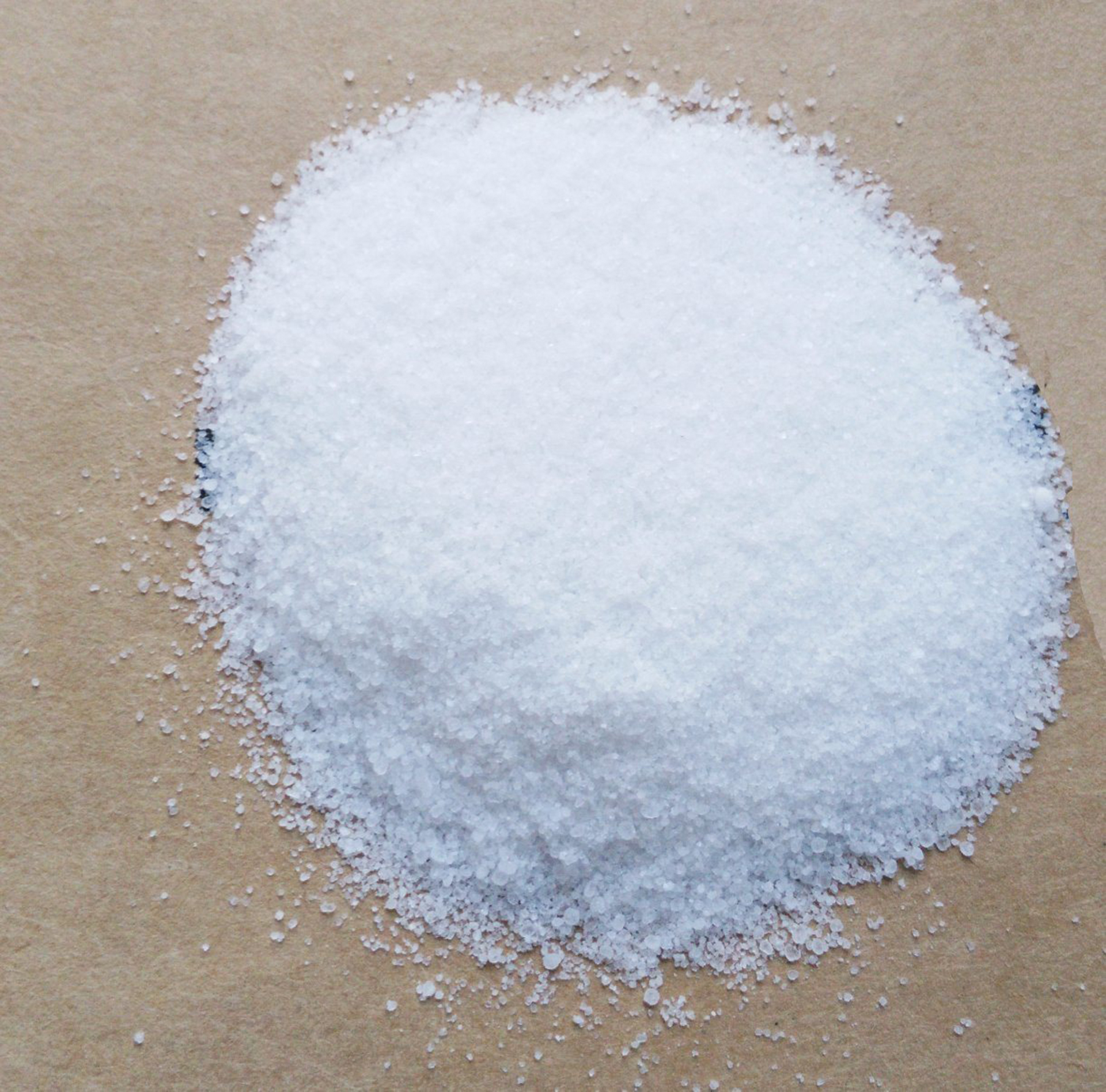



sodium hydroxide is
Understanding Sodium Hydroxide Properties, Applications, and Safety Concerns
Sodium hydroxide (NaOH), commonly known as lye or caustic soda, is a highly versatile and widely used chemical compound in various industries and applications. It is an inorganic alkaline compound that appears as a white solid in its pure form but is often found in aqueous solutions due to humidity and its hygroscopic nature. Sodium hydroxide is known for its strong basic properties, making it an essential ingredient in numerous industrial and household products.
Properties of Sodium Hydroxide
Sodium hydroxide has several key properties that contribute to its widespread usage. It is a strong base, meaning it can easily dissociate in water to produce hydroxide ions (OH⁻). This characteristic leads to a high pH level, typically around 14 in a concentrated solution. The compound is highly soluble in water, and its dissolution is an exothermic process, releasing heat. NaOH can also absorb moisture from the environment, and when exposed to air, it can deliquesce, forming a concentrated solution.
One of the critical aspects of sodium hydroxide is its reactivity. It reacts vigorously with acids to form salts and water, a reaction that is fundamental in neutralization processes. Additionally, sodium hydroxide can saponify fats and oils, breaking them down into glycerol and soap, illustrating its utility in the soap-making industry.
Applications of Sodium Hydroxide
Sodium hydroxide has a vast range of applications across diverse fields. It is predominantly known for its role in the manufacturing of various products. In the chemical industry, NaOH is used in the production of chlorine, sodium hypochlorite (bleach), and other important chemicals. Its presence in the production of paper and pulp is notable, as it helps in breaking down the lignin in wood to facilitate the extraction of cellulose.
sodium hydroxide is

Moreover, sodium hydroxide is essential in the petroleum industry for refining processes. It helps to remove sulfur from fuels and plays a role in the removal of impurities and contaminants. In the food industry, it is used in certain food processing applications, including the curing of olives and the preparation of pretzels to give them a distinctive taste and texture.
Apart from industrial uses, sodium hydroxide is a common household product found in many cleaning agents, drain cleaners, and oven cleaners. Its ability to break down organic materials makes it an effective solution for unclogging drains and cleaning surfaces.
Safety Concerns and Handling
Despite its wide-ranging benefits, sodium hydroxide is also a hazardous substance that requires careful handling. It is highly caustic and can cause severe burns upon contact with skin, eyes, or mucous membranes. Inhalation of its dust or vapors can lead to respiratory tract irritation. Therefore, it is crucial to use personal protective equipment, including gloves, goggles, and masks, when handling NaOH.
In case of accidental exposure, it is vital to rinse the affected area immediately with plenty of water and seek medical attention. Furthermore, sodium hydroxide should be stored in a cool, dry place, away from incompatible substances such as strong acids and certain metals, to prevent dangerous reactions.
Conclusion
Sodium hydroxide is a powerful and essential chemical compound with numerous applications in various industries, from manufacturing to food processing. Understanding its properties, uses, and safety concerns is imperative for anyone dealing with this compound. As we continue to rely on sodium hydroxide for its myriad benefits, proper handling and awareness of its hazardous nature remain critical to ensuring safety in both industrial and household settings.
-
Why Sodium Persulfate Is Everywhere NowNewsJul.07,2025
-
Why Polyacrylamide Is in High DemandNewsJul.07,2025
-
Understanding Paint Chemicals and Their ApplicationsNewsJul.07,2025
-
Smart Use Of Mining ChemicalsNewsJul.07,2025
-
Practical Uses of Potassium MonopersulfateNewsJul.07,2025
-
Agrochemicals In Real FarmingNewsJul.07,2025
-
Sodium Chlorite Hot UsesNewsJul.01,2025










